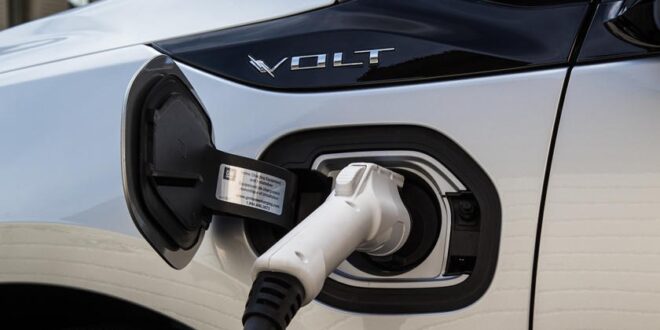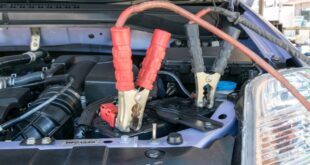Where once they were a rare novelty, hybrid cars are now quite a common sight. Pretty much every automaker in the world has tried its hand at manufacturing one of these vehicles, as you can see by the extensive list of hybrid cars found here. From hyper fuel-efficient hatchbacks through to luxurious convertibles, hybrid technology can be found in just about every configuration. Still, it is the highly popular sedan and crossover segments that are the most saturated when it comes to choice.
What is hybrid technology?
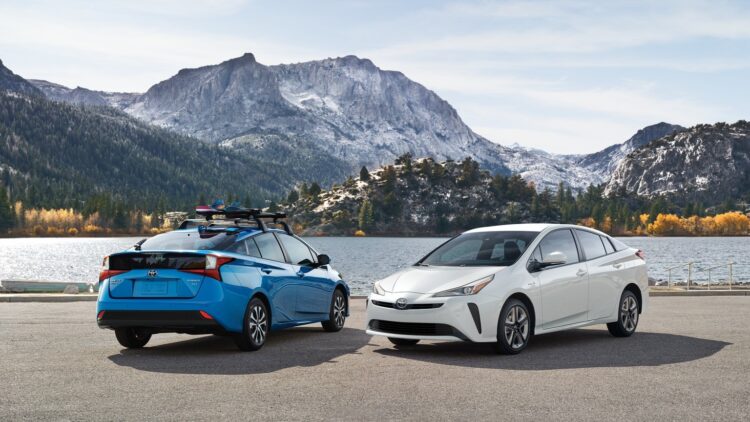
Sure, we’ve all heard the term before. But, that doesn’t mean that we are completely clued in about how the technology behind hybrid vehicles actually works. In fact, most of us probably don’t fully understand the mechanics of the combustion engine, and that’s been around for 150 years now.
As the term suggests, hybrid systems combine one or more existing technologies to create something new and, hopefully, better. In the case of vehicle powertrains, the well-established combustion engine is the starting point. As most of us are aware, this device burns fossil fuel to create pressure on the mechanical components, such as the pistons and rotors, to move the vehicle. By combining this traditional setup with electrical components, the outputs and efficiency can be significantly enhanced, which is the basic idea behind the hybrid powertrain.
For the most part, the combustion engine remains unchanged, but between one and three electric motors are equipped to the front and/or rear axles to power the wheels in conjunction with the engine, or even completely on their own. You may be surprised to know that this technology is actually over 100 years old. However, it is the relatively modern advent of regenerative braking that has allowed for it to flourish in the automotive industry. And newer concepts such as plug-in hybrids or even fuel-cell vehicles have added variety to the segment.
The pros and cons of hybrid vehicles
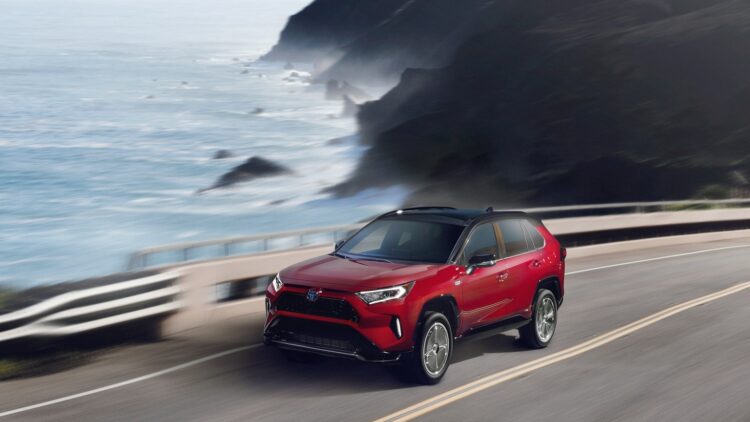
As with any new, or relatively new, technology, there are numerous benefits and drawbacks to be expected. For new systems to be successful on the market, the advantages generally have to outweigh the weaknesses, and this is definitely true in the case of hybrid cars. Here are just some of the characteristics you can expect from these vehicles, barring the most obvious, which pertains to the use of less gasoline:
Pros
- Excellent fuel economy figures
- Subsequent savings on travel expenses
- Fewer carbon emissions
- Higher performance outputs and quieter engines
- Often found on higher trim levels, so features abound
Cons
- Higher initial costs
- More expensive to maintain and repair
- Plug-in models sometimes require special infrastructure and most have long charging times
Top hybrid vehicles on the market
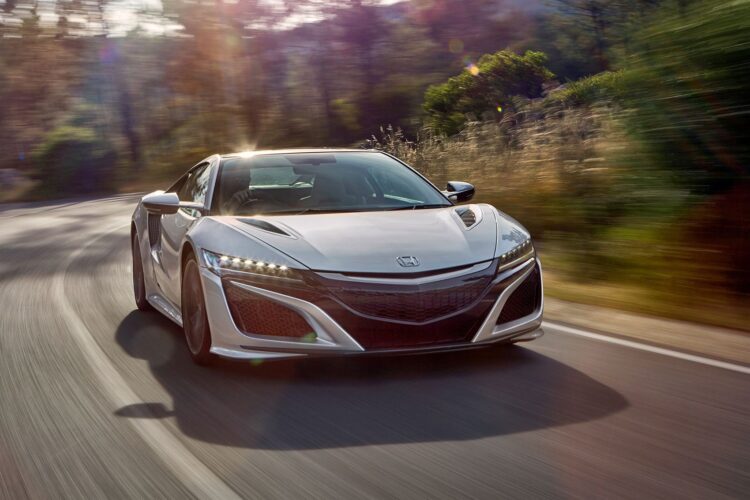
Understanding the technology and the benefits it can bring is great and all, but seeing it implemented is the best way to judge its impact on the market. Even in the USA, where throaty muscle cars and gas-guzzling pickups are the flavors of the day, hybrid vehicles have begun to flourish. Naturally, it is the more practical and rugged-looking SUV segment that garners the most attention, but there is more choice than you may think.
The Chevrolet Volt and Toyota Prius have been long-standing names within the hybrid market, and both are actually hatchback vehicles. The Chevy gets a 149-horsepower powertrain, while the Prius has a slightly more modest 121-hp setup. Built almost entirely for the economy, these autos boast EPA-estimated gas mileage of 42 mpg and 56 mpg, respectively, in mixed driving conditions. As a plug-in hybrid or PHEV, the Volt needs between two and 20 hours to charge but is able to travel for up to 53 miles on electric power alone.
In the sedan and crossover categories, there is more of a mix between budget-friendly options and luxury nameplates. The former offer tamer powertrain options that focus primarily on the economic benefits of hybrid technology, while the latter make use of the extra power from the electric components to ramp up output figures.
The Volvo S60 PHEV falls into the second category, using its twin electric motors to increase engine outputs to 400 hp and 472 lb-ft of torque. This allows the rather hefty sedan to make the 0 to 60 mph sprint in the mid-four-second range. Still, it is more a luxury cruiser than a speedster and comes equipped with an eight-speed automatic gearbox, along with a sumptuous interior including leather-appointed seats and loads of tech.
Finally, the Toyota RAV4 and the RAV4 Prime are perhaps the most successful models in the SUV segment. Both are powered by the same four-cylinder combustion engine paired with magnet synchronous electric motors. However, where the standard RAV4 hybrid relies on regenerative braking to recharge, the Prime is actually a PHEV that can also be charged on a household outlet. It can travel for up to 42 miles on electrons alone, according to manufacturer claims, but the slightly lower 38 combined miles per gallon and the fact that the battery pack steals a little space from the rear seats means that some buyers may still prefer the standard RAV4.
Investing in your future
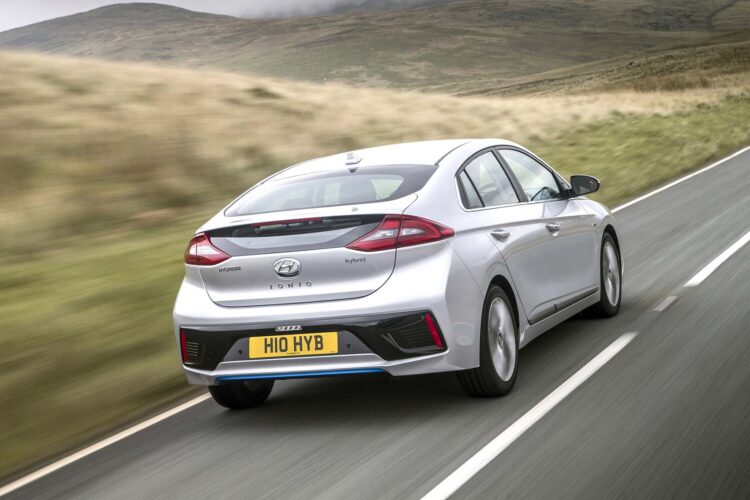
So, by now, you should be asking yourself if it is actually worth buying a hybrid vehicle. While one of the downsides may be that they cost more right off the bat, many options are actually quite affordable now that the technology has been refined. You can still expect to pay upwards of $30k for many of these automobiles, but there are quite a few that appeal to those a bit lighter in the wallet with price tags in the low $20k range. When you consider how much you’ll save on fuel costs in the long-run, this seems like a pretty easy decision.
However, hybrid technology is not as novel and appealing as it once was, now that fully-electric (EV) vehicles are starting to make a real name for themselves. Some names will look familiar, such as the Chevy Bolt, which is the fully-EV sibling to the Volt. The Hyundai Ioniq is another affordable option. Both cars boast astounding fuel economy figures that easily surpass 100 MPGe in combined driving conditions.
Aside from these frugal commuters, there are electric supercars from the likes of Lamborghini and Porsche drawing a lot of attention with their sub-three-second 0-60 mph sprint times. Where once these performance figures came paired with crippling fuel bills, electric vehicles are able to achieve excellent street cred without breaking the bank, at least in terms of fuel costs. They will still cost an arm and a leg to purchase.
Needless to say, we live in interesting times, and we have never had more options when it comes to buying a new commuter, a family hauler, or a thrill-delivering supercar. Hybrid technology is no longer the pinnacle of efficiency, although it is still significantly more appealing than standard powertrain options. If you aren’t quite sure about EV autos, or simply don’t live in an area that suits them, then you should definitely be looking at the long list of hybrid vehicles currently available on the market.
 Hi Boox Popular Magazine 2024
Hi Boox Popular Magazine 2024
